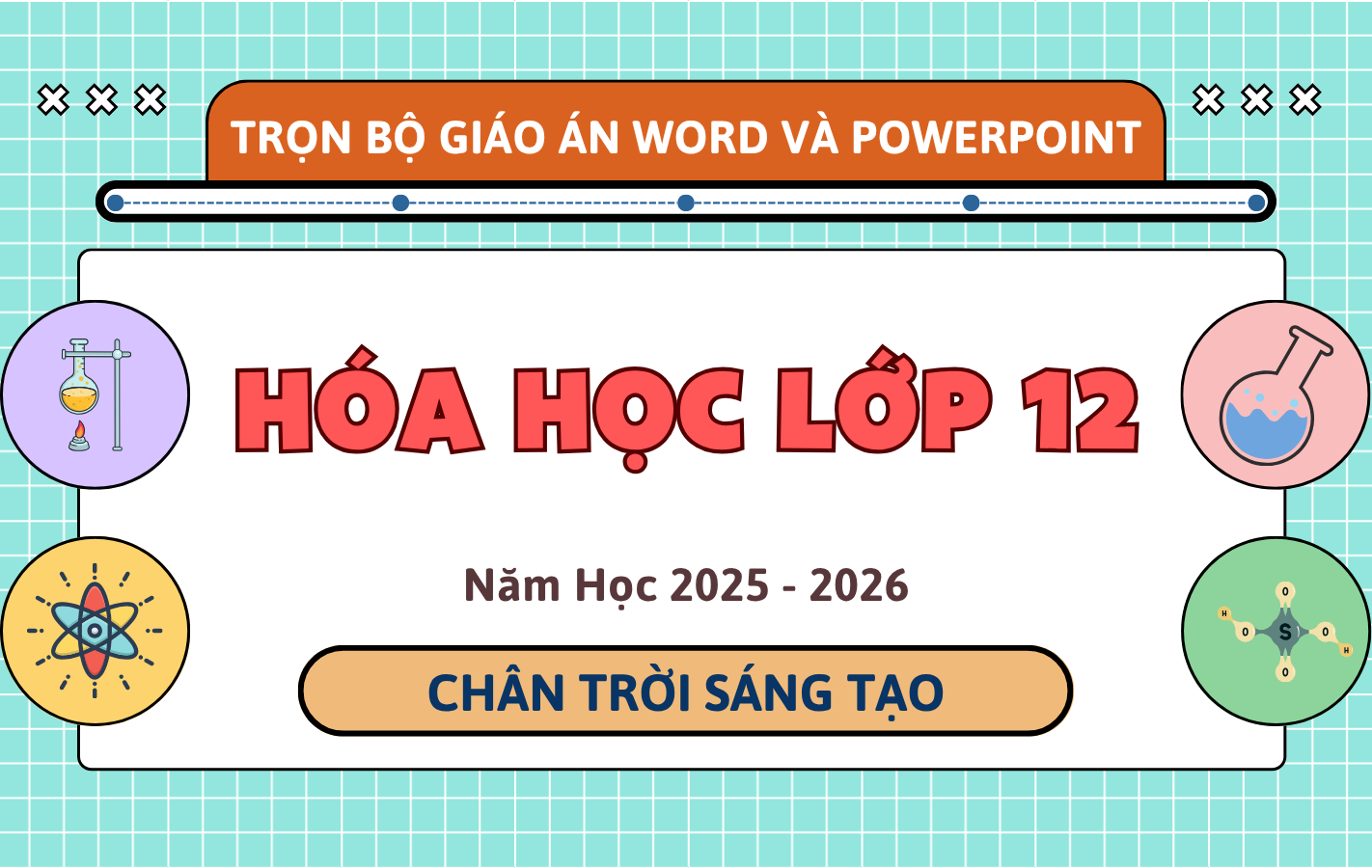Câu hỏi:
Read the following passage and choose the best answer to each of the following questions from 31 to 40.
1. [I] All organisms have a preferred range of temperatures where they can live comfortably. [II] As a result, species are typically found in specific regions. [III] However, due to the greenhouse effect, the planet is warming, and many places are becoming too hot for certain plants and animals to survive. [IV]
2. To adapt to these changes, species are moving to colder areas, often further from the tropics or to higher altitudes. Scientists have studied these movements by comparing historical maps of species' locations to their current distributions. For example, a study in the Andes mountains revealed that bird species had shifted approximately 40 metres higher over 32 years. Similar trends have been observed in other species, such as moose, coffee plants, and mangrove trees, which are also relocating to cooler habitats.
3. Despite these movements, many species are unable to migrate quickly enough to escape rising temperatures. Human activities, such as deforestation and urban development, create barriers that restrict their ability to move. Consequently, some species are confined to regions that are now too hot for them to thrive. This often leads to poor health, slower growth, and in some cases, extinction.
4. If one species migrates but the other species it relies on does not, it may struggle to find food or other resources. For instance, a bird that feeds on berries from a specific tree may face starvation if the tree does not move with it. Additionally, as species move higher into mountains, the available space becomes limited, leaving some with no suitable habitat.
5. Over time, these changes alter the entire ecosystem. Forests and other natural environments today differ greatly from how they looked 50 years ago, and this trend is likely to continue. In very hot regions, like the Amazon, extreme temperatures may leave only a few heat-tolerant species, leading to a significant decline in biodiversity.
The word their in paragraph 2 refers to __________.
Đáp án đúng: C
Đáp án đúng là: C
Giải thích: Đoạn 2: Scientists have studied these movements by comparing historical maps of species' locations to their current distributions. - Các nhà khoa học đã nghiên cứu những chuyển động này bằng cách so sánh các bản đồ lịch sử về vị trí của các loài với sự phân bố hiện tại của chúng.
Câu hỏi này thuộc đề thi trắc nghiệm dưới đây, bấm vào Bắt đầu thi để làm toàn bài
Bộ Đề Kiểm Tra Học Kì I - Tiếng Anh 11 - Global Success - Bộ Đề 01 giúp học sinh ôn tập toàn bộ nội dung trọng tâm của chương trình Tiếng Anh 11 theo sách giáo khoa Global Success trong học kì I, bao gồm từ vựng, ngữ pháp, kỹ năng đọc hiểu và viết. Câu hỏi được biên soạn theo cấu trúc đề kiểm tra hiện hành, phù hợp yêu cầu chương trình mới. Đề có kèm đáp án và gợi ý hướng làm, hỗ trợ học sinh tự đánh giá năng lực và chuẩn bị tốt cho bài kiểm tra cuối kì.
Câu hỏi liên quan
Đáp án đúng là: B
Giải thích:
Đoạn 2:
"For example, a study in the Andes mountains revealed that bird species had shifted approximately 40 metres higher over 32 years. Similar trends have been observed in other species, such as moose, coffee plants, and mangrove trees." -"Ví dụ, một nghiên cứu ở dãy núi Andes cho thấy các loài chim đã di chuyển lên khoảng 40 mét trong 32 năm. Xu hướng tương tự cũng được quan sát ở các loài khác, như nai sừng tấm, cây cà phê, và cây đước."
→ Nai sừng tấm (moose) được đề cập nhưng không ở dãy núi Andes.
Đáp án đúng là: C
Giải thích:
+ "Unable to migrate quickly enough" → "find it tough to move fast enough" (không thể di chuyển nhanh đủ → khó khăn trong việc di chuyển đủ nhanh).
+ "Escape rising temperatures" → "avoid the warming temperatures" (thoát khỏi nhiệt độ tăng → tránh được nhiệt độ nóng lên).
Đáp án đúng là: B
Giải thích:
Migration does not always guarantee survival, as plants and animals depend on each other and habitats. - Di cư không luôn đảm bảo sự sống sót, vì cây cối và động vật phụ thuộc vào nhau và môi trường sống.
→ Đáp án này đúng vì đoạn 4 nói về sự phụ thuộc của các loài vào nhau và sự di cư không luôn đảm bảo sự sống sót. Cũng có đề cập đến việc các loài có thể không tìm được môi trường sống phù hợp khi di chuyển, vì vậy di cư không luôn bảo vệ được sự sống sót của chúng.

Trọn Bộ Giáo Án Word & PowerPoint Tiếng Anh 12 – I-Learn Smart World – Năm Học 2025-2026

Trọn Bộ Giáo Án Word & PowerPoint Tiếng Anh 12 – Global Success – Năm Học 2025-2026

Trọn Bộ Giáo Án Word & PowerPoint Hóa Học 12 – Kết Nối Tri Thức – Năm Học 2025-2026

Trọn Bộ Giáo Án Word & PowerPoint Hóa Học 12 – Chân Trời Sáng Tạo – Năm Học 2025-2026

Trọn Bộ Giáo Án Word & PowerPoint Công Nghệ 12 – Kết Nối Tri Thức – Năm Học 2025-2026

Trọn Bộ Giáo Án Word & PowerPoint Địa Lí 12 – Chân Trời Sáng Tạo – Năm Học 2025-2026
ĐĂNG KÝ GÓI THI VIP
- Truy cập hơn 100K đề thi thử và chính thức các năm
- 2M câu hỏi theo các mức độ: Nhận biết – Thông hiểu – Vận dụng
- Học nhanh với 10K Flashcard Tiếng Anh theo bộ sách và chủ đề
- Đầy đủ: Mầm non – Phổ thông (K12) – Đại học – Người đi làm
- Tải toàn bộ tài liệu trên TaiLieu.VN
- Loại bỏ quảng cáo để tăng khả năng tập trung ôn luyện
- Tặng 15 ngày khi đăng ký gói 3 tháng, 30 ngày với gói 6 tháng và 60 ngày với gói 12 tháng.